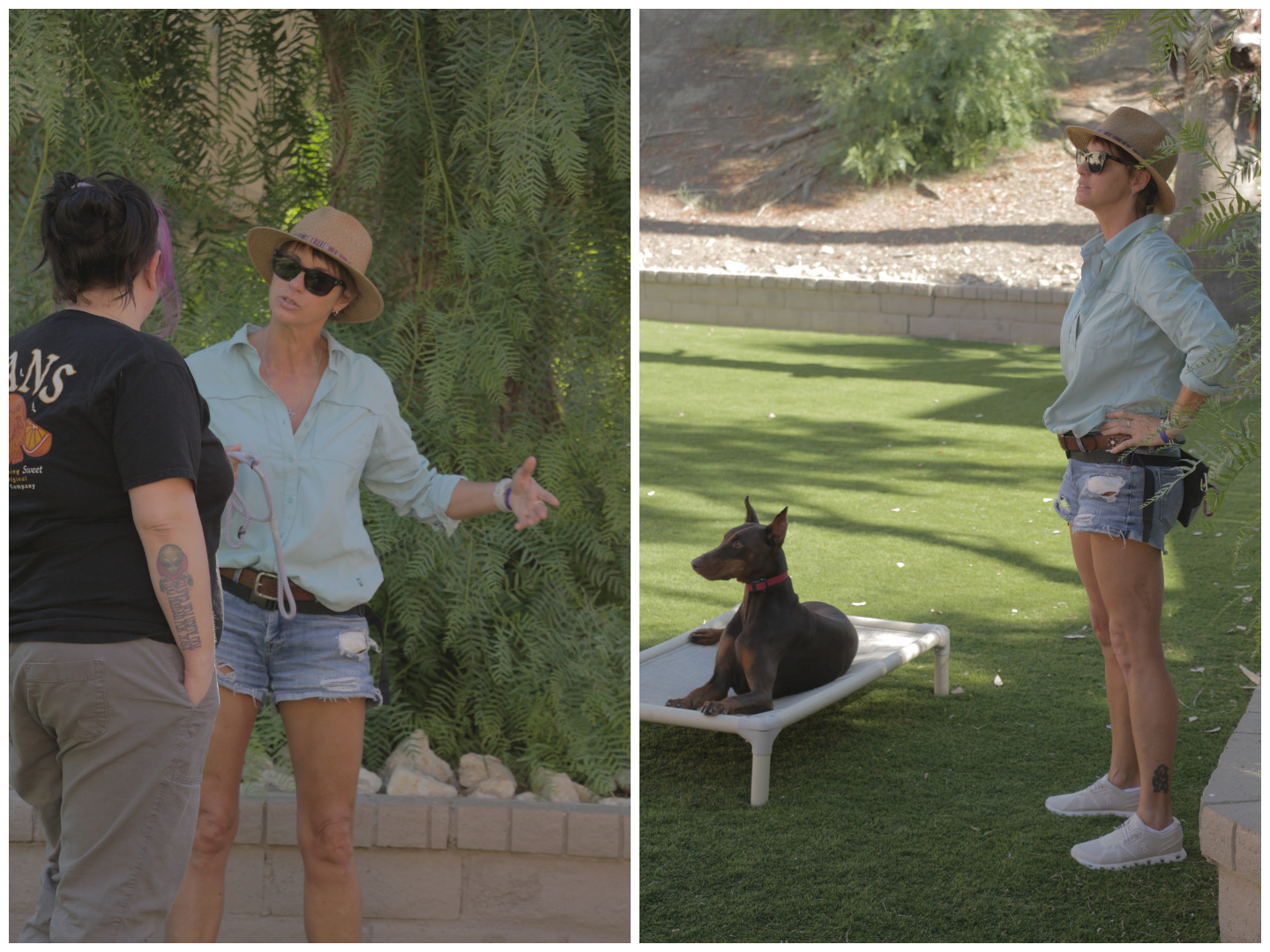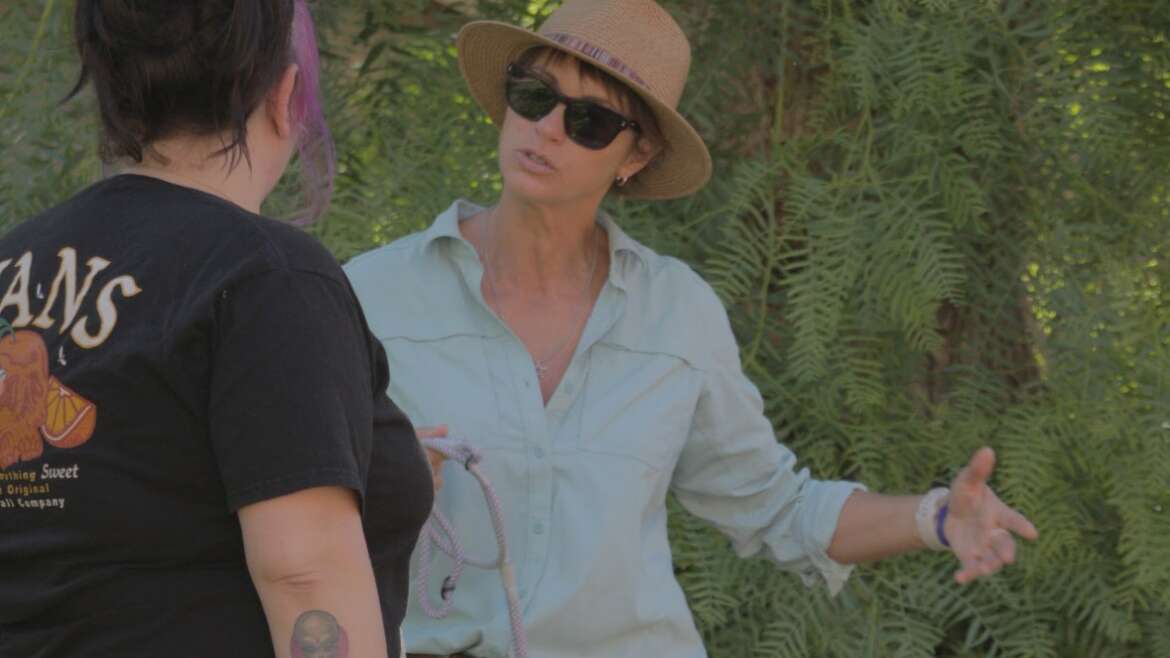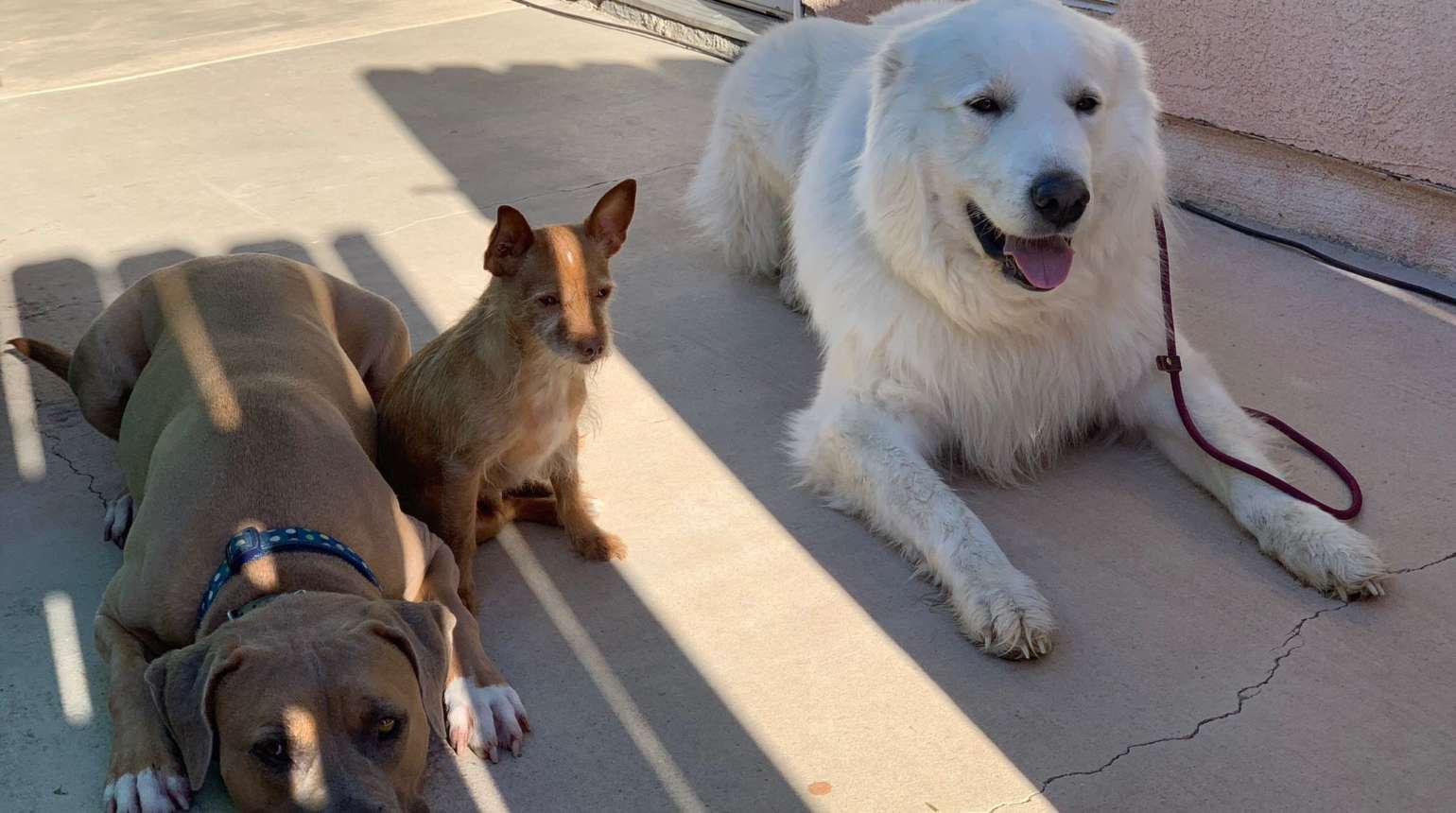Have you decided that dog training is the profession for you? You have seen all the videos, practiced with your own dogs at home. Did workshops, volunteered… in short did your homework. You have found that your connection with dogs is absolutely unique, unparalleled. Dogs just get you and you get them. So you are ready to become a dog trainer. But wait! There is more! Yes friends there is more. If you have decided that dog training is absolutely the profession for you, it is now time to think about your people skills. You see, no matter how many ways one cuts it, the human is still the one that pays the bills. The one that seals the deal, if you will. For that alone you will have to convince them that you are the right trainer for them. The one that is able to see them and their dog in all their flaws and not judge. You have to convince them that you can be the one to heal the chasm in the relationship. That is dog training, or should I say, Dog Psychology, in a nutshell. We work on the relationship. Not on the dog. Not on the human. We work with them to make the relationship thrive. We close the communication gap between dogs and humans. We are the translators.

So many times I have seen the way trainers put owner’s down. Expecting a behavior of them that is absolutely incongruous with the reality of most humans. Saying things like “you pet your dog? You are wrong.” Or “your dog should never, ever sleep in bed with you”. Forgetting, most surely, that the reason they themselves got into the business was the absolute love and dedication they have for (their own or other) dogs. For me, a trainer saying that an owner can’t absolutely do something, or that their behavior alone is causing their dogs to act this or that way, is, in many ways a very mean way to approach the dog x human relationship. In my view, if you wish to be successful in this business, bed manners are almost as crucial as being able to read dogs and their behaviors. One has to be able to understand what the limits of any particular owner is and work with and around that. Doing so will ensure not only that the teachings stick, but that the owners will continue with the training once the trainer is out of the picture.
Blaming owners and making them feel bad is the surest way to make them not want to do the necessary work to improve the relationship. No one likes a lecture, if the human is coming to me for assistance, assistance and support is what I will offer. To be sure, that doesn’t mean that I will not tell owner’s that they need to switch certain behaviors or that they will need to implement certain rules and boundaries at the house. However, the way one says something makes all the difference in the world. Remember this: as a professional people are coming to you because they are confused. They need guidance. What makes a good trainer different than most is the ability to listen, to be compassionate, to put oneself in the shoes of the other and to make the relationship between dog and owner better. That is the job. The fact that a dog does not display a certain behavior with me that they constantly display with their human means that I am doing my job. I am the professional, I do this for a living. It shouldn’t be a surprise to any that the dog behaves with me. My goal is to always remember that I am doing what I am doing so the dog learns that they can and should display the same behavior with their owners. That, in a nut shell, is a what dog training is all about: highlighting in oneself the awareness that they are there so that the dog can lead a healthy and balanced life. Making it impossible for the owner to ever question themselves in that relationship.
My advice to any that are eager to enter the profession of dog training is to teach others the way they would like to have been taught. Not with someone highlighting all that they are doing wrong. Or going on and on with an endless lecture about how dogs are so much better than humans for this or that reason. No. The job of a trainer is one of a coach. Your job? To make the relationship between dog and owner better. That means giving owners options. Making them successful in the smallest things. Teaching the dog that humans can and should trusted and respected. Giving owner’s options, showing them the pros and cons of certain behaviors that they themselves are displaying. No judgement, only acceptance. If the goal is truly to help the dogs then one will find a way to communicate with the human so they themselves can become the best version of themselves. With that, not only does everyone wins, but one can be considered as an effective dog trainer.
Happy training!



